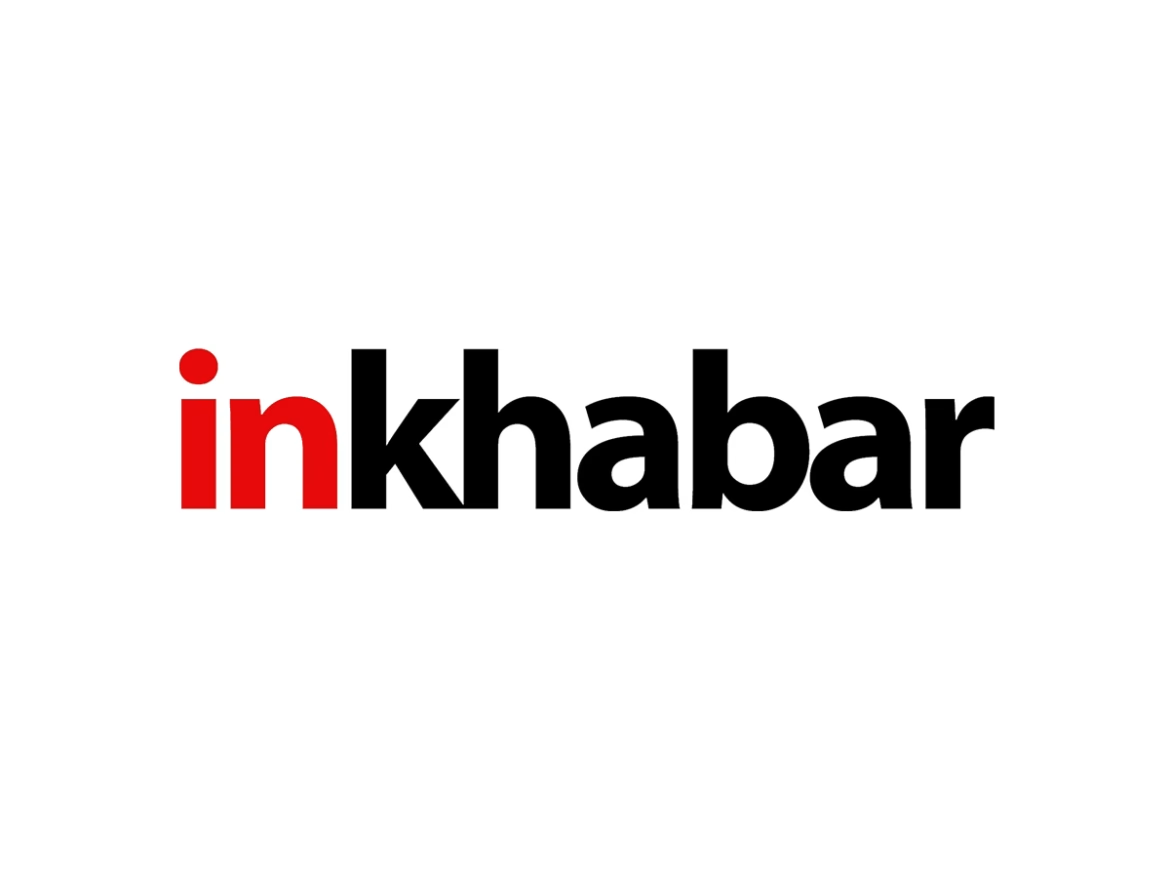By Howard Schneider WASHINGTON (Reuters) -Surging business investment is expected to offset weaker growth in consumption and global trade and keep the U.S. economy growing near trend, according to a National Association for Business Economics survey, though slow job growth, higher unemployment and stickier inflation will mar the outlook. The Trump administration's new import taxes remain a drag on the economy's performance, the survey concluded, with more than 60% of the 40 economists in the poll estimating tariffs would knock up to half a percentage point from economic growth, with both imports and exports falling, and consumer prices rising as a result of the levies. None saw tariffs boosting growth. But the latest version of NABE's quarterly survey, released on Monday as part of the group's annual meeting, upgraded the more pessimistic views about the U.S. outlook offered earlier in the year when concerns about the economic blow from tariffs and the risks of a broader trade war were at their peak. The median projection was for the economy to grow 1.8% in 2025, around most estimates of underlying potential, compared to 1.3% projected in the June survey. Inflation as measured by the Federal Reserve's preferred Personal Consumption Expenditures price index was seen ending the year at 3%, down slightly from the 3.1% projected as of June. But it was also seen declining only to 2.5% in 2026, compared to 2.3% in the June survey, a slower return towards the Fed's 2% target. The unemployment rate, meanwhile, was seen rising through next year though less than feared as of June, to 4.5% versus 4.7% in the prior survey. The Fed is seen cutting interest rates, though at a slightly slower pace than anticipated by investors, with only one more rate cut anticipated this year versus the two quarter-point cuts currently priced into contracts tied to the central bank's benchmark interest rate. The survey highlighted one of the ongoing puzzles that Fed officials in particular are trying to understand: GDP growth that has begun surprising to the upside while job growth remains tepid. Economists surveyed by NABE, for example, see job growth averaging just 29,000 per month for the rest of this year, with a "limited, gradual recovery" to around 75,000 next year, lower than the 97,000 forecast as of June. Business investment, driven by the surge of capital towards computing capacity and artificial intelligence, may explain part of the disconnect. Anticipated investment "improved sharply" the latest survey found, now expected to grow 3.8% this year versus 1.6% as of June, and continue expanding at a 1.7% rate next year versus 0.9% anticipated in June. Housing remains in the doldrums, however, with residential investment now projected to contract 1.6% this year compared to the modest 0.5% growth seen in the June survey, and less than 1% growth seen next year. (Reporting by Howard Schneider; Editing by Andrea Ricci)
(The article has been published through a syndicated feed. Except for the headline, the content has been published verbatim. Liability lies with original publisher.)





